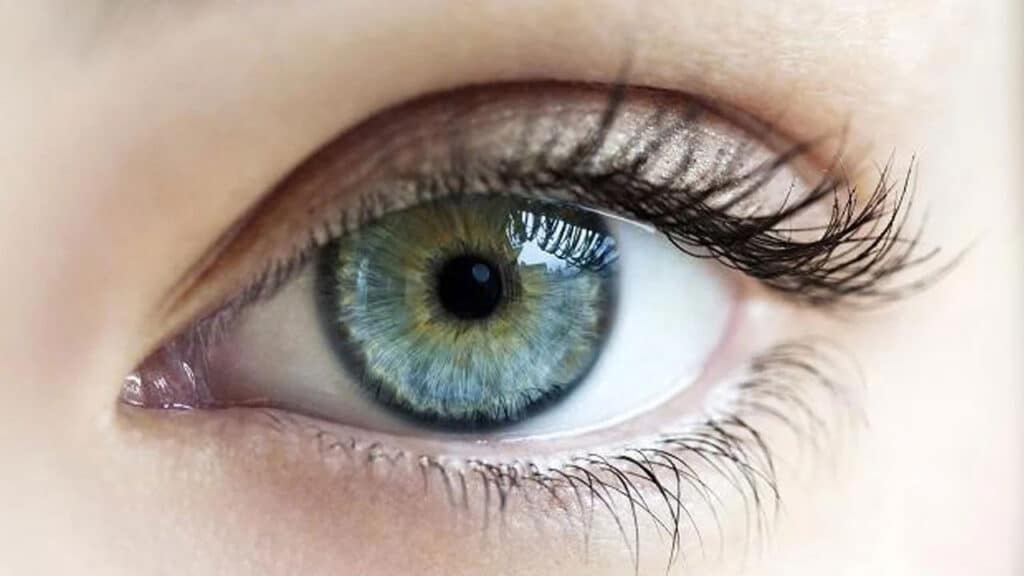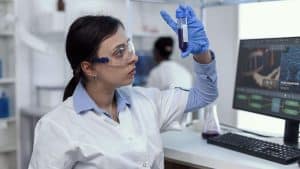Sometimes it seems that every part of the body degenerates as we grow older. Human lifespans may be extending, but as they do, more people run into the diseases of aging. Stem cell therapy is touted as a potential solution to many age-related problems, but some of the strongest evidence is for how it might work to treat age-related macular degeneration.
Age-related macular degeneration is a leading cause of vision loss across the globe. It doesn’t normally lead to complete blindness, but it does impact your central vision to the extent that you might struggle to read, write or drive – the sorts of activities you might do as part of everyday life.
There are two main types of age-related macular degeneration: wet and dry. Wet age-related macular degeneration can be treated with medication, laser therapy or phototherapy. It won’t restore lost sight but will slow the condition’s progress. Dry age-related macular degeneration has no such treatments, despite being the more common form.
That’s where stem cells come into play. They can turn into different types of cells, potentially allowing damaged or dead cells to regenerate. They may be able to heal or replace the degenerated cells inside of the eye. In 2017, Japanese scientists managed to grow retinal cells from stem cells, which they transplanted into patients with age-related macular degeneration (https://www.nejm.org/doi/10.1056/NEJMoa1608368).
The research was a natural continuation of ideas scientists had been considering for a while (https://www.ncbi.nlm.nih.gov/pmc/articles/PMC4298283/) and proved mostly successful. A year later, quality of vision remained mostly stable, with no further degeneration.
It seems that stem cell therapy in the eyes is less likely to encounter the negatives of this kind of treatment. For example, one problem in stem cell therapy in general is acquiring enough stem cells to be effective. That’s not as much of a problem for a small area like the retina as it is for a larger organ like the liver.
Another big problem is when the immune system tries to reject the cells because they come from a foreign source. The immune reaction to stem cells turned into retinal cells and inserted into the eye seems less severe than in other parts of the body.
This kind of therapy is still in the early stages of development, but the research so far is promising. It’s certainly something scientists will continue investigating.




